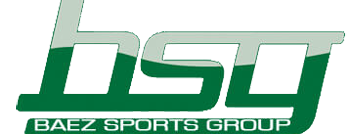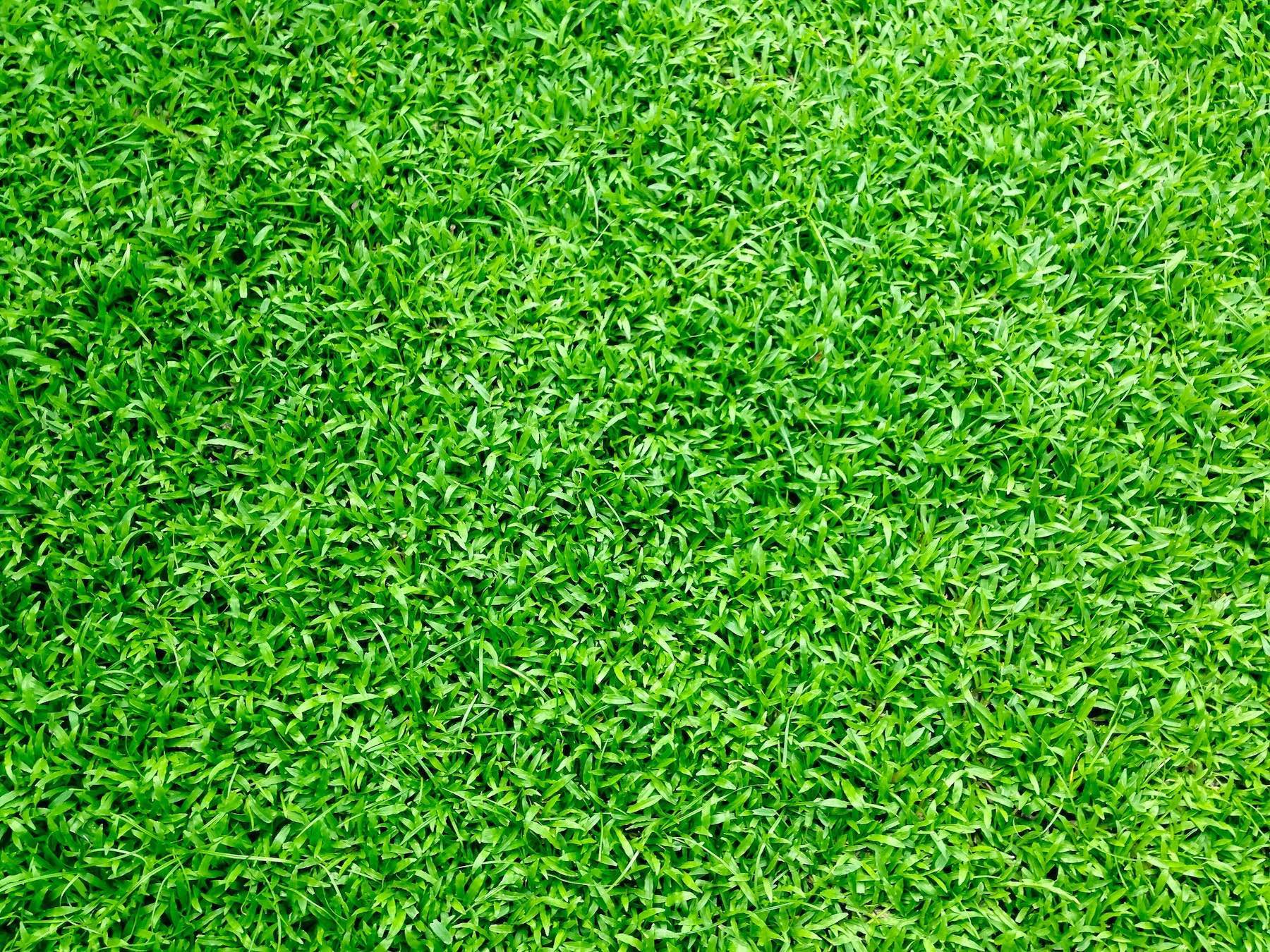Introduction
This article is intended for those who may be interested in purchasing some artificial turf for their yard. Artificial turf may not be the most popular choice, but it is growing in popularity. There are several good reasons for this fact.
For one thing, artificial grass requires very little maintenance when compared to natural grass. Also, this kind of turf is much less appealing to bugs, snakes, and other pests. Also, artificial grass never dies or loses its color. While there is no denying these advantages, we would like to tell you the other side of the story.
The Problems Of Artificial Turf
Let’s look at the issues one by one so that you can inform yourself before making a decision. Here are the five biggest problems with artificial turf:
It’s Expensive
Turf is more than a little bit expensive. If you add up the cost of your lawn mower, your weed-eater, and your other yard tools, it would probably be much lower than the cost of turfing the yard. This is definitely an expensive job.
How expensive is artificial turf? Let’s look at a random example. A random seller claims to be one of the cheaper suppliers of turf, and their estimates seem very high. To do a yard that is 1200 square feet, you will pay about $10,800.
It Still Requires Maintenance
Turf is often advertised as being “maintenance-free,” but this is not the case. Turf lawns have a tendency to get flattened and crushed over time as a result of frequent foot traffic. To deal with this problem, you’ll need to brush the entire lawn, going against the grain to make the fibers stand up.
Natural debris like leaves and pebbles will frequently become caught in the turf and will need to be cleaned. You can use either a vacuum cleaner or a broom to sweep the surface. Of course, artificial turf can sometimes be vulnerable to staining. All it takes is one spilled drink to leave an ugly spot on your lawn. This might create a serious problem for those who keep pets in the yard.
You can give artificial turf a deeper cleaning by pouring soapy water onto the surface and scrubbing with a long-handled brush. Although artificial turf is easier to maintain than natural grass, there is still maintenance work to be done.
It Can Cause Drainage Issues
As you probably know, water always follows the path of least resistance and seeks the lowest point. These facts will not change when you make the change to artificial grass. Because of this, water will tend to pool underneath the turf in certain areas of your yard. Over time, this can cause entire sections of turf to rot. When you consider the high cost of this stuff, rotting is simply not acceptable.
If you choose your turf and your installer wisely, you can alleviate this problem to some extent. When your turf is installed, proper drainage should be considered and taken into account. However, not all companies are this diligent, and those who are will cost you more money for their services.
Problems With Seams
Unless your entire yard is covered with a single sheet of turf (highly unlikely), there will be seams where one or more pieces of turf meet. This creates a gap in which weeds and other plants can grow. This, in turn, forces you to peel both pieces back so that you can cut the grass without cutting the turf. In short, it’s a gap in the system that is hard to close and which adds more maintenance work.
The good news is that this problem can be handled. However, it requires a few special tricks in order to get it right, and seams will always represent the weakest point of the surface.
Problems With Heat
If you live in an area that experiences 85 to 90-degree temperatures at any point in the year, you might have some issues with artificial turf. This material tends to get very hot when the summer sun is out, as it stores heat and gradually allows it to increase the surface temperature.
On a really hot day, you might not even be able to walk barefoot on the turf without burning your feet. Even if you don’t like to run around without shoes, your pets probably do! The summer heat can actually melt the turf if it accumulates to a sufficient level. You will always know when it has reached this level, because of the pungent smell of burning rubber.
Common Questions
Here are two of the most common questions that we have received on this subject.
What Is Artificial Turf Made Of?
Exact formulas will vary by manufacturer, but most turf is made from a mixture of two plastics (polyethylene and polypropylene) combined with nylon, polyester, rubber, and/or silica. Check with the manufacturer if you need to avoid any of these materials. Here is an in-depth look at how this material is made.
Will It Increase My Property Value?
Yes, any kind of home improvement will technically add value to your home. Those who are thinking about selling a home may wish to use turf as a way to raise the price. However, you should remember that homes, like all commodities, are only worth as much as a customer is willing to pay. While turf will add value to your home, it may also turn some buyers off.
Turf Conclusion
It is not the purpose of this article to discourage you from using artificial turf. However, this product is not as simple as most would have you believe.
The purpose of this article is to give you all the information so that you can make an informed decision as to what is best for your home. Turf can be great for some situations, but only knowledge will tell the difference. We thank you for reading, and we wish you all the best.
Baez Sports Group | Artificial Grass Portland
4223 SE 57th Ave
Portland OR 97206
(503) 662-8873

